I mean, this is against the rules!
Most USB OTG devices claiming to be host capable (most Android smartphones and tablets) have a simple micro-B connector. Shouldn't they have a micro-AB connectors? Micro-B are supposed to be for devices unable to act as hosts.
It actually leads to a proliferation of USB OTG cables like this one:
Which are forbidden by the USB specs (micro-USB specs chapter 3.4: Compliant Cable Assemblies). We clearly see it is a micro-B, not micro-A plug (there are chamfers), and it is associated with a standard-A receptacle. I wonder how they are even allowed to print the USB logo on this, by the way.
So, why do manufacturers do this (both phone manufacturers and cable manufacturers)? How is it allowed by the USB consortium?
I'm asking this because I am actually designing a USB OTG device. I don't plan to make it certified by USB anyway (given the costs), but I'd like to know whether I should strictly follow the standards, or screw up with them like everyone else (the fact is - because of this - everybody is used to micro-B, not micro-A, and it's true the chamfers help prevent trying to put the connector the other way around).
